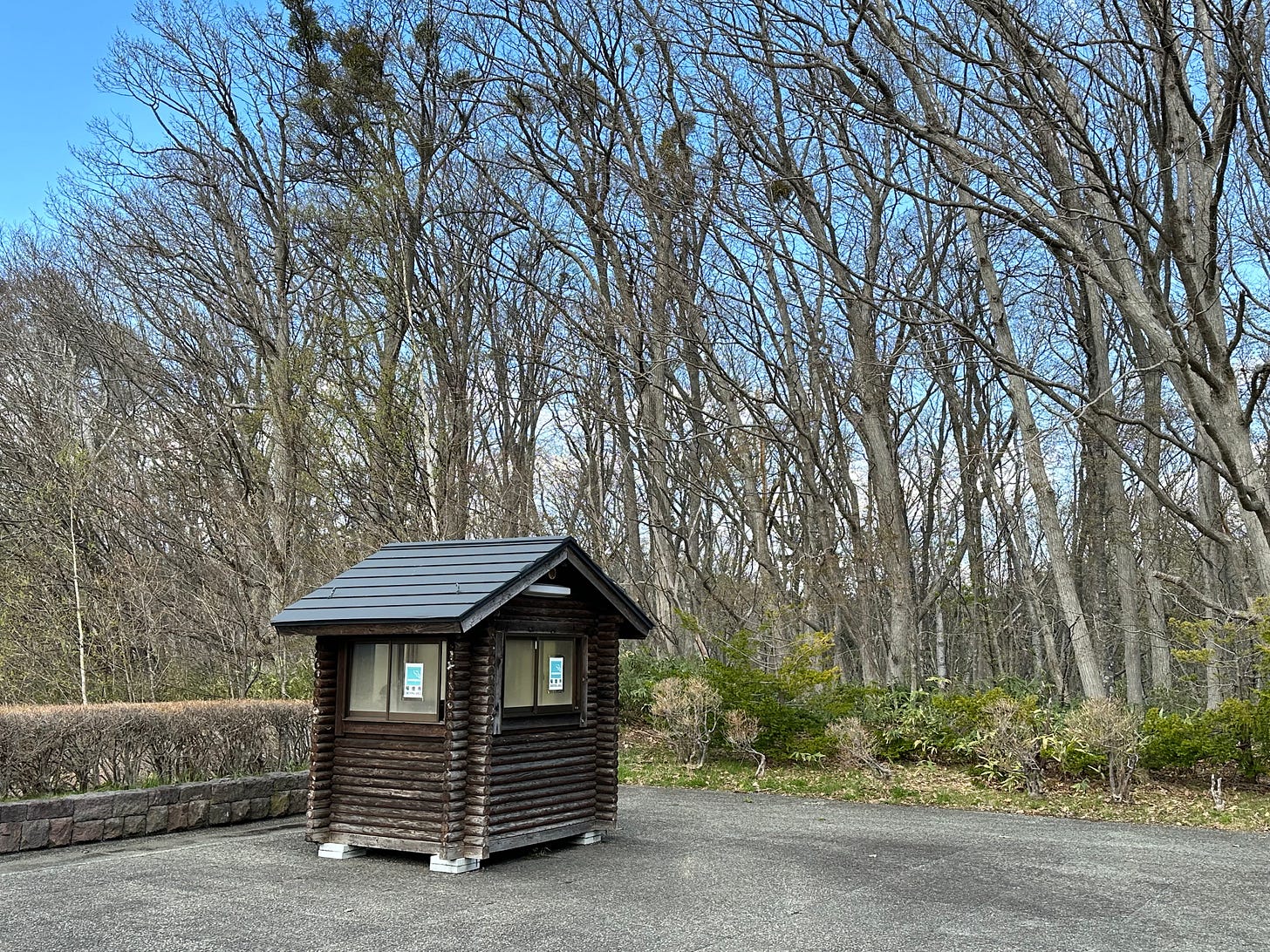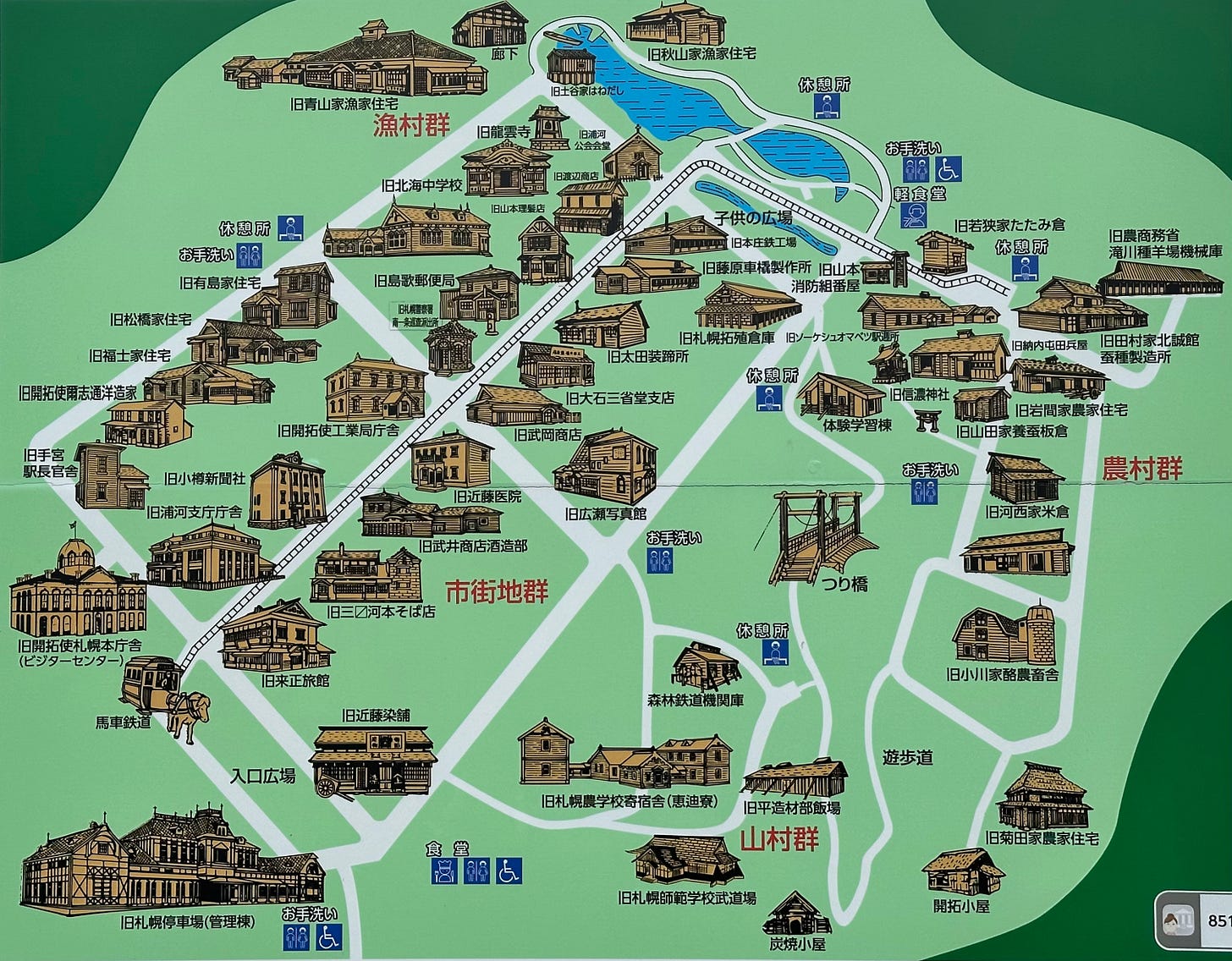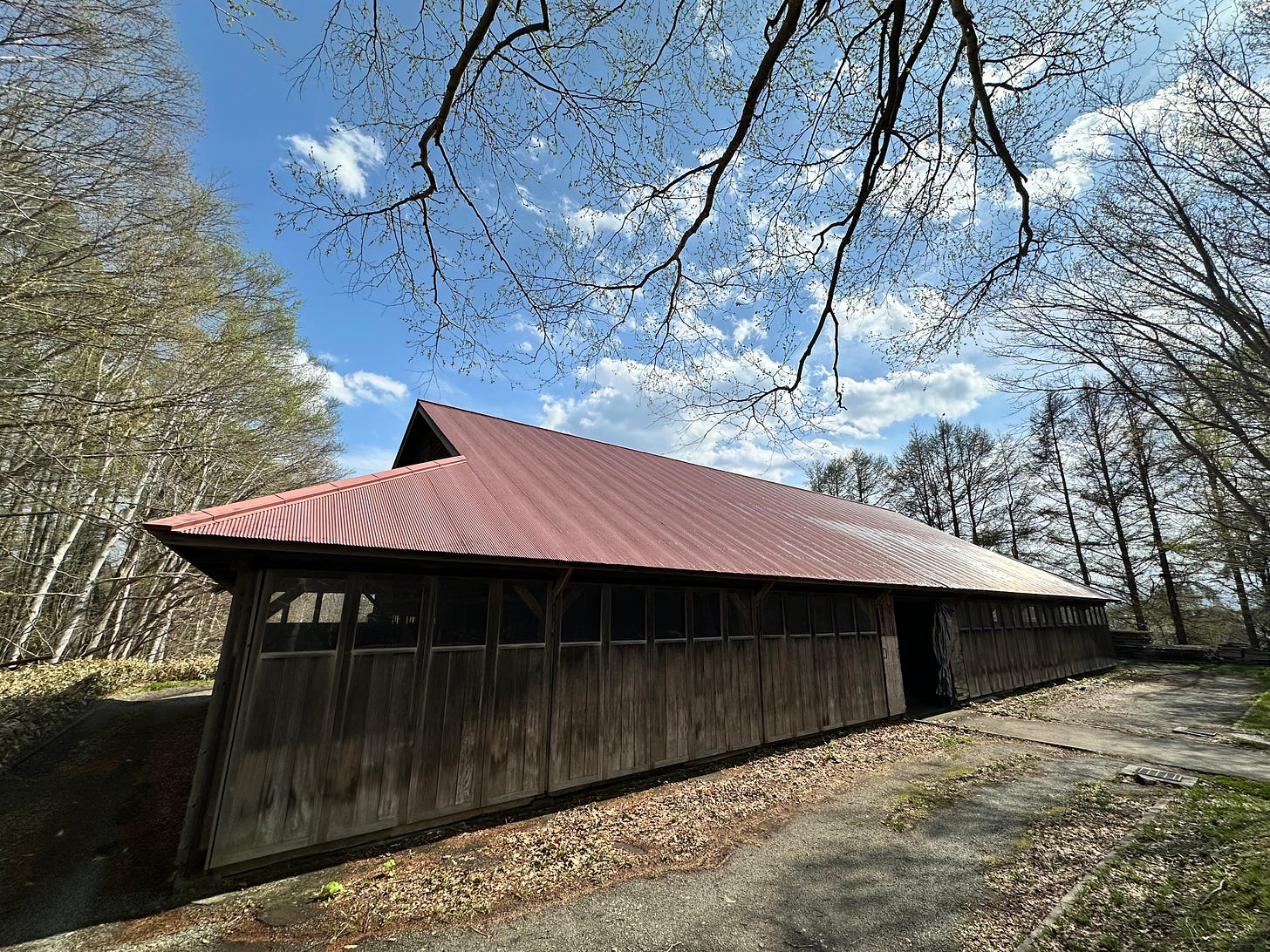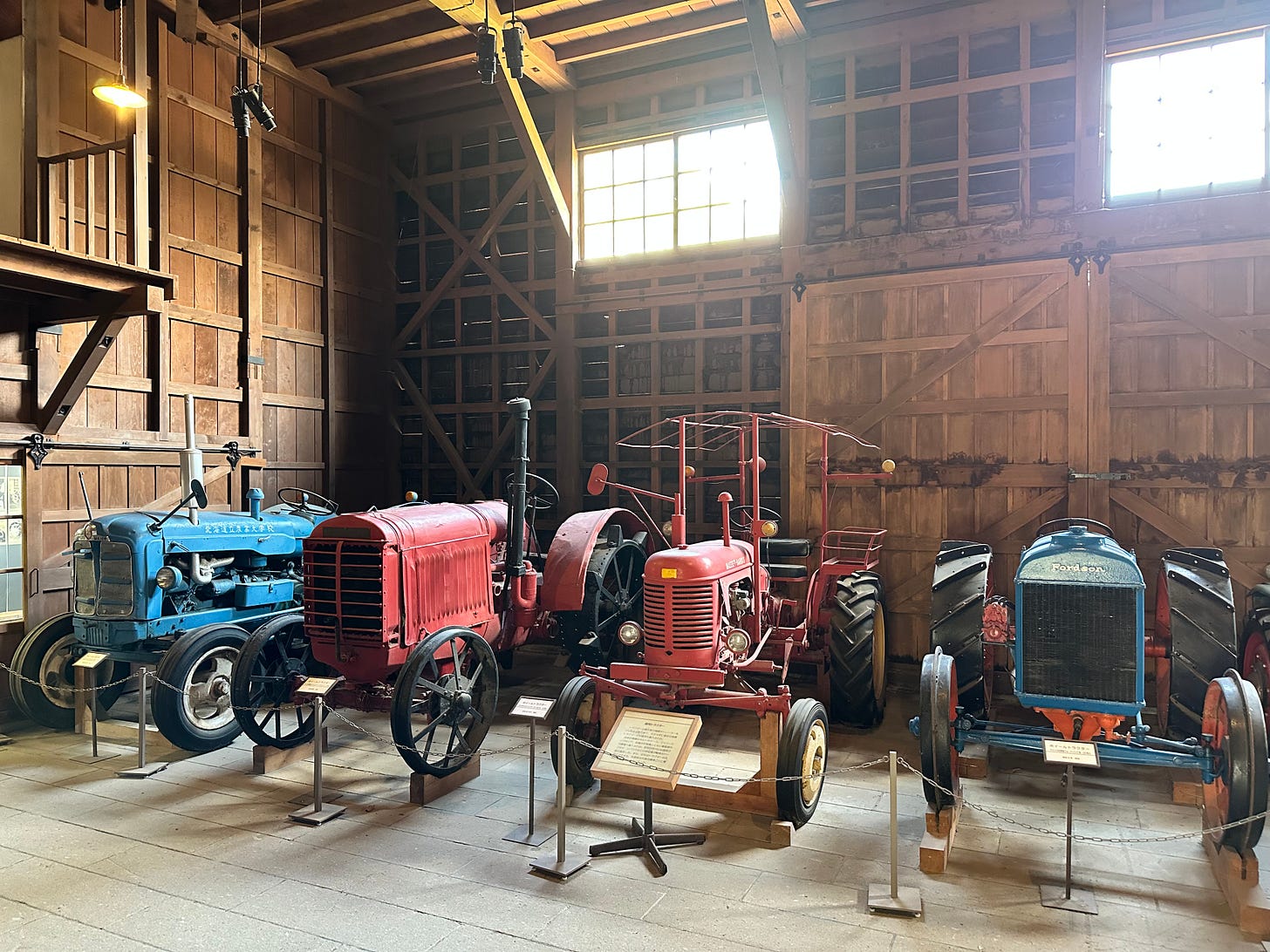A month long trip to Japan gives Shedman the opportunity to share some stories and images of the sheds he finds on his travels.
The Historical Village of Hokkaido is an outdoor museum of relocated and restored buildings that represent the history of Hokkaido from 1868 to the 1920s. There are 52 buildings in all, arranged in four groups: the Town, Fishing Village, Farm Village, and Mountain Village. Each building contains displays that illustrate the lifestyles, cultures and industries of people living during the Meiji and Taisho periods.
This building is a reproduction of an old farm machinery shed of Takikawa Sheepwalk, built in the tenth year of the Taisho Era (1921). The shed was originally used to store hay harvesting machinery but now displays various farm implements, machines and tractors.
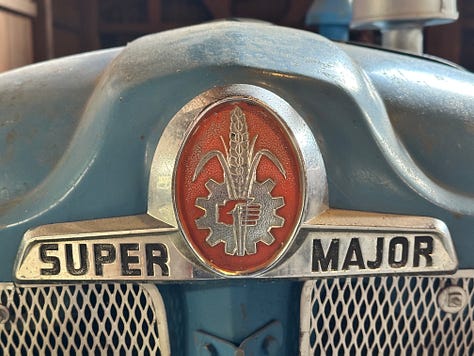
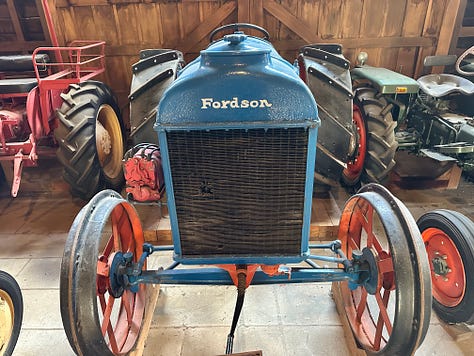
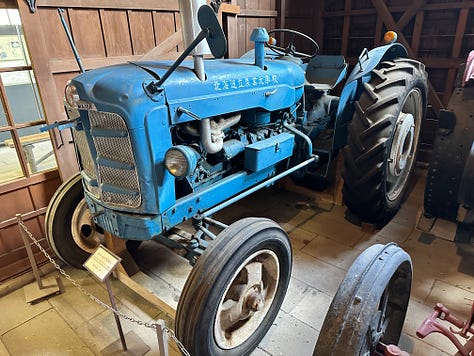
Influenced by border disputes between Japan and Russia over Sakhalin (Karafuto), the Tokugawa shogunate attempted to settle and develop Ezochi (as Hokkaido was known then) the end of the Edo period. In 1869, the new Meiji government renamed the island from Ezochi to Hokkaido, deeming it Japanese territory, and began pioneering (and colonising) efforts in earnest. As these initiatives progressed, Hokkaido became the new home of many people from Honshu and other parts of Japan. But the settlement and development of Hokkaido had enormous impact on the lifestyle and culture of the indigenous Ainu people.



